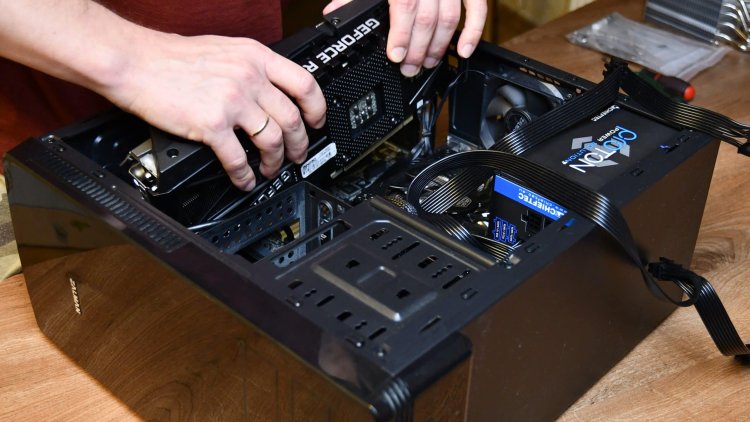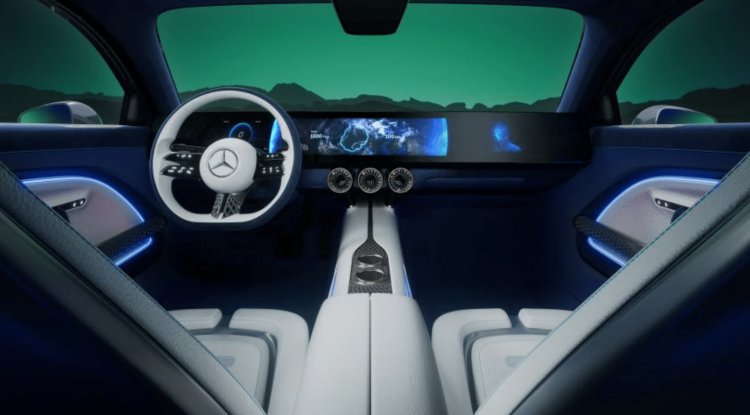Power consumption: Three things you should know

The energy consumption of the components in our computer is critical information to have because the sum of the total will tell us the value that we must meet with our power supply. However, as we previously stated when discussing the TGP and TBP, it is critical that we always attempt to place ourselves slightly above that number.
As an example, if we install a PC with a total power usage of 500 watts, we need to install at least a 550-watt power supply. The same thing would happen if we had a different energy consumption, and the crucial point is that we have a power supply that is a little above that minimum so that the equipment has some leeway in the face of potential consumption peaks.
It is not a difficult concept, but many users still do not fully comprehend how a computer component works in terms of energy usage, which can lead to severe problems.
1. The energy usage is not displayed in a realistic manner
It is something that you should remember from now on. When you buy a graphics card with a TGP or TBP of 320 watts and a CPU with a TDP of 125 watts, these values do not reflect the actual consumption of the components you have purchased; they are estimates that may vary with use, and that they could end up increasing by more than double.
The Radeon RX 6700 XT, for example, has a TBP of 230 watts and often maintains a little below that amount, but it can suffer brief spikes of up to 300 watts. An Intel Core i9-12900K has a TDP of 125 watts, but while working at full load (100 percent use), it can reach 226 watts, and if overclocked, it can reach 286 watts.
It is critical that you understand the true consumption of each component before assembling a PC, and that you select the suitable power supply based on that realistic base that we mentioned because otherwise, you will experience stability and performance issues.
2. Energy consumption is not something fixed or stable
In fact, the contrary occurs; it might undergo large fluctuations, which can result in a pleasant fright. For example, continuing with the previous example, a Radeon RX 6700 XT may consume a few watts when used to play video or operate at a basic level with our PC, but that consumption will rise to 221 watts once we begin to play.
The same holds true for the processor. An Intel Core i9-12900K consumes approximately 132 watts with a low workload, but as previously said, it reaches 226 watts while running at 100%, that is, when all of its cores and threads are saturated with a capacity test to employ them, such as Cinebench R23.
Finally, the workload will affect the energy consumption of each component, but it is important to remember that this can also vary depending on the turbo mode of said components, which tend to raise the working frequencies in specific situations to increase performance at the expense of consuming more energy and generating more heat.
3. It is the component that requires the power it needs
Many people still believe that the power supply determines how much power it supplies to each component, but it is actually the other way around; each component requests the power it requires at any given time and in any given situation, which means that if it does not receive what you have requested, we could run into serious problems right away.
This can also lead to circumstances of illusory stability, which will give us a scare sooner or later. Assume you're playing a game with a low processor dependency and a high GPU dependency.
Because of this, your power supply can barely sustain your graphics card and processor, because the latter does not require many watts from the supply when it moves that game.
Continuing with the previous scenario, if you decide to play a game in which the GPU and CPU are heavily used, you will have a scare because your power supply will be unable to provide the necessary power to one of the two components.
The symptoms can vary based on the severity of the condition; if the difference in power not supplied is little, you may simply notice jerks or minor performance losses; if it is considerable, you will experience stability issues.





























